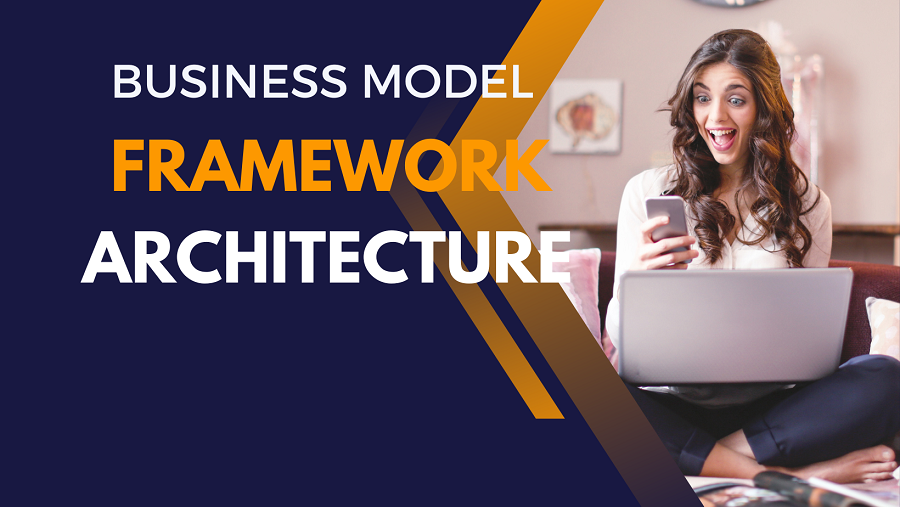Physical Address
304 North Cardinal St.
Dorchester Center, MA 02124
Physical Address
304 North Cardinal St.
Dorchester Center, MA 02124

When starting a new business or initiative, it’s important to understand the differences between a business model, framework, and architecture. While these terms are sometimes used interchangeably, they refer to distinct concepts. In this post, we’ll explore the key differences between a business model, framework, and architecture.
Table of Contents
A business model refers to the plan for how a company will generate revenue and make a profit. It identifies the products or services the business plans to sell, its target customers, and the costs to produce what it sells. A business model canvasses how a company creates, delivers, and captures value financially.
Essentially, the business model focuses on the financial viability and monetization strategy for a business. It’s about defining how a company will sustain itself through generating income. Some examples of business models include retail, subscription, advertising, and freemium.
A framework refers to the basic structure and guidelines for how a company approaches specific business processes or operations. It establishes the core pillars and elements that will shape execution, without defining every detail.
For example, a company might establish a framework for customer service, product development, or onboarding new employees. The framework would outline the essential steps, stakeholders, and principles to guide those processes. But it allows room for flexibility in how the details are implemented.
Some common business frameworks include Porter’s Five Forces for assessing competitiveness, the Business Model Canvas for strategic planning, and SWOT analysis for assessing strengths, weaknesses, opportunities and threats.
A business architecture refers to the detailed technical systems and applications that will be used to execute specific business capabilities and functions. The architecture focuses on how software, hardware, and infrastructure will be built and interconnected to support business processes and teams.
For example, a company’s technology architecture may specify:
The technology architecture gives concrete form to how information systems will operate and connect to support business goals operationally. It’s more detailed than a framework, diving into the technical “how” versus just the “what” of business systems.
Business model: Defines how a company will make money and generate profit
Framework: Outlines the core elements and guidelines for key business processes
Architecture: Provides the technical details for software, hardware and infrastructure to support the business
The business model, framework, and architecture are complementary. A company will typically develop its business model first, establishing how it will profit. It will then create frameworks for critical processes like sales, marketing, and product development to support the business model. Finally, it will build the technical architecture needed to deliver those business frameworks and operations.
While a business can sometimes succeed with just a solid business model, having strong frameworks and architecture as well can ensure smoother operations long-term. The business model brings in money, while frameworks and architecture ensure the business machine runs efficiently. Getting clarity on these key concepts is vital for any new venture.